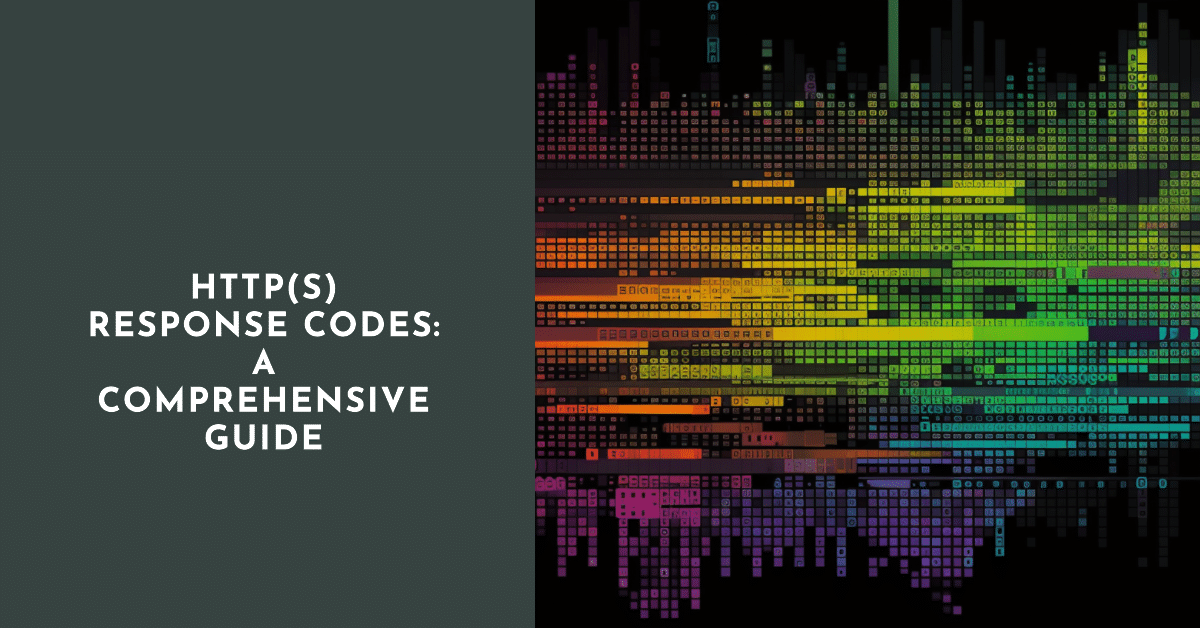
HTTP(S) response codes are three-digit messages that a server returns in response to a browser’s request. Understanding these codes is crucial for developers and IT professionals alike, as they provide valuable insight into how a server interacts with a website.
What are HTTP(S) Response Codes?
HTTP stands for Hypertext Transfer Protocol, and HTTPS stands for HTTP Secure. HTTP(S) response codes are part of the standard Internet protocol used for the transfer of data over the web. These codes are generated by a server when a user (through a client, usually a web browser) makes a request. The response code tells the client whether the request was successful and, if not, why.
The Structure of HTTP(S) Response Codes
HTTP(S) response codes consist of three digits. The first digit indicates the response class. There are five classes, each signifying a specific type of response:
- 1xx: Informational – The request was received, and the process is continuing.
- 2xx: Successful – The request was successfully received, understood, and accepted.
- 3xx: Redirection – Further action must be taken to complete the request.
- 4xx: Client Error – The request contains incorrect syntax or cannot be fulfilled.
- 5xx: Server Error – The server failed to fulfill a valid request.
Common HTTP(S) Response Codes and Their Meanings
Here are some of the most common HTTP(S) response codes:
| Code | Description |
|---|---|
| 200 | OK: The request has succeeded. |
| 301 | Moved Permanently: The URL of the requested resource has been changed permanently. |
| 400 | Bad Request: The server could not understand the request due to invalid syntax. |
| 403 | Forbidden: The client does not have access rights to the content. |
| 404 | Not Found: The server can not find the requested resource. |
| 500 | Internal Server Error: The server encountered an unexpected condition that prevented it from fulfilling the request. |
How to Handle HTTP(S) Response Codes
Handling HTTP(S) response codes effectively requires understanding what each code represents. With this understanding, developers and administrators can troubleshoot issues more effectively and build more robust web applications.
Conclusion
HTTP(S) response codes are fundamental to the way the Internet works. They help us understand the communication between clients and servers and are crucial tools for anyone working in IT or web development.
-
What is the difference between HTTP and HTTPS response codes?
There is no difference in the response codes between HTTP and HTTPS. The ‘S’ in HTTPS stands for ‘Secure’, and it means that communication with the server is encrypted.
-
What does a 404 error mean?
A 404 error is a Client Error response code that indicates the server could not find the requested resource. This usually means the URL is incorrect, or the page has been removed.
-
Why am I seeing a 500 error?
A 500 error is a Server Error response code. It indicates that the server encountered an unexpected condition that prevented it from fulfilling the request.
-
What should I do if I receive a 403 error?
A 403 error means ‘Forbidden’. It indicates that you don’t have the permissions to access the requested resource. It could be due to a need for authentication or that your IP address has been blacklisted.
-
What does a 301 response code mean?
A 301 response code means ‘Moved Permanently’. This indicates that the URL of the requested resource has been changed permanently, and future requests should use the new URL.






Comments (0)
There are no comments here yet, you can be the first!